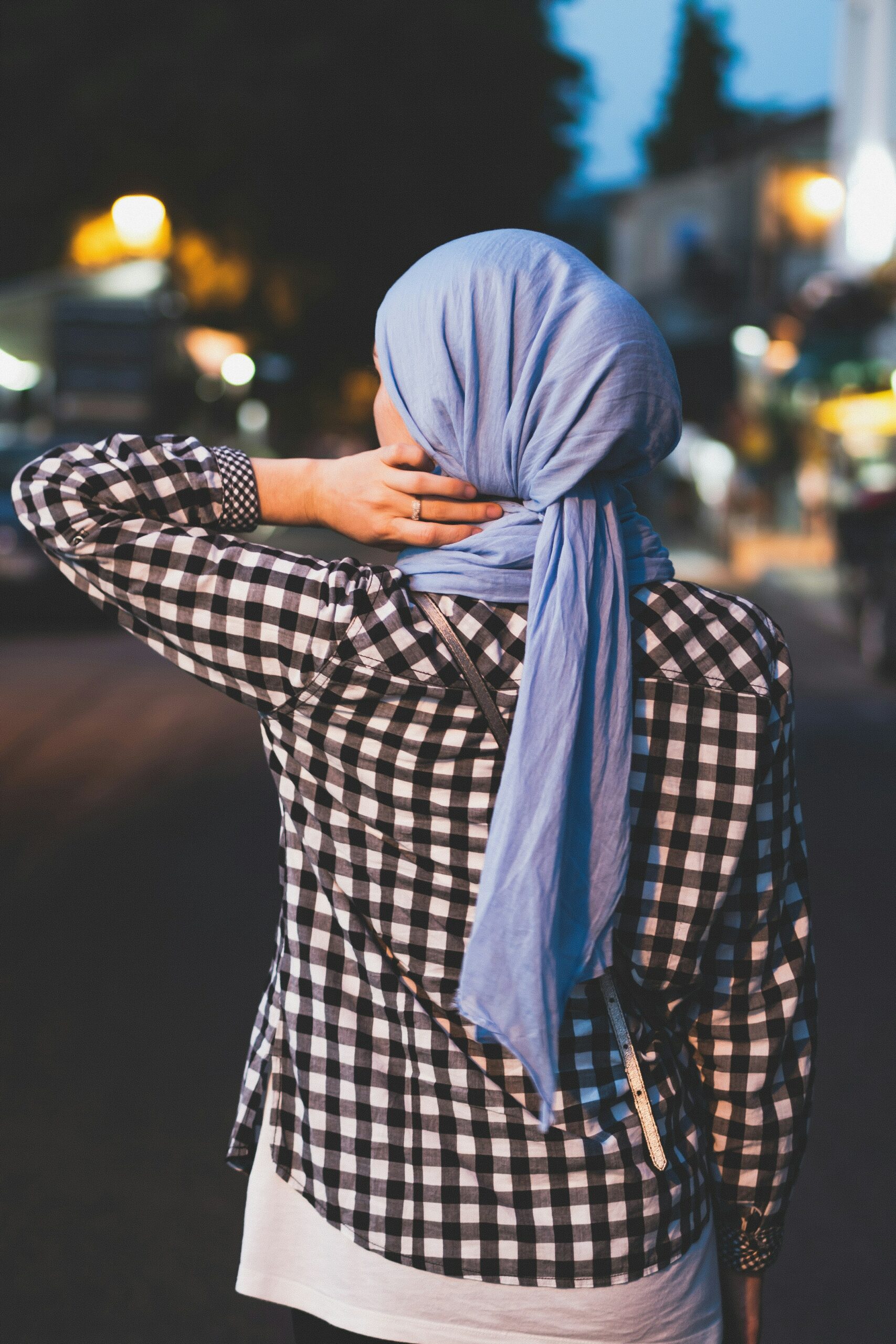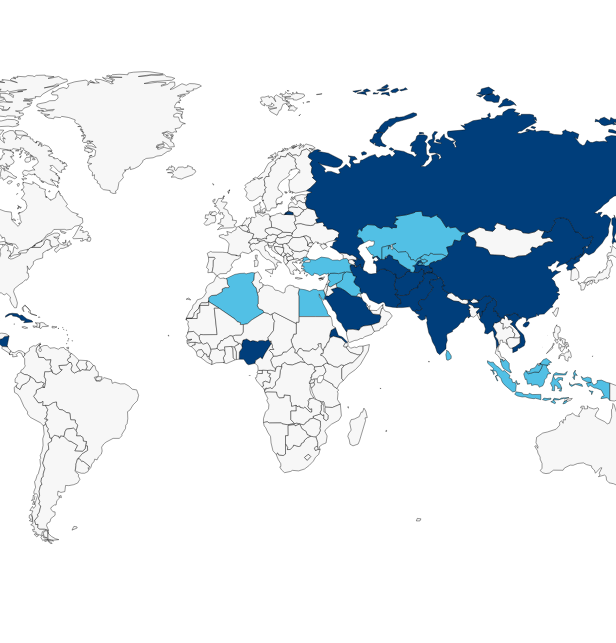The Defense Department’s decision late last year to allow women to serve in all combat roles has sparked intense debate on whether women should also be required to register for the Selective Services’ draft. This week on Cornerstone, we ask: is the inclusion of women in the draft simply an issue of equal access and opportunity, or does it have wider implications for religious groups and society at large?
By: Marc LiVecche
At the ABC News Republican debate on February 6, Martha Raddatz raised a question regarding the integration of women into direct ground combat occupational roles such as the infantry, armor, and the special operations teams. The question focused specifically on compelling women to register for selective service, and then-candidates Rubio, Bush, and Christie all endorsed the notion because of their support for integration.
They should not have.
Rubio walked his comments back a few days later, and Cruz insisted in the following debate that his colleagues were wrong for supporting women in the draft. Nevertheless, issues regarding the draft are set within a larger context of women in direct ground combat itself and the debate suggests that conservatives are still in search of a way of thinking about the issue, and the Christian tradition has much to commend. The following is one way that candidates ought to respond to the issue:
The question of whether to integrate women into direct combat ground units is difficult; not because I lack confidence in the principles that ground my answer but because any answer is perilous. Obviously, there’s the political peril, for the question of whether women should be assigned to direct combat is asked as a facet of larger questions concerning the equality of men and women and perceptions of basic fairness. In today’s hyper-sensitive, politically correct culture, to suggest that men and women are not, in fact, interchangeable or that men and women, by nature and by the design of nature’s God, are different and that this difference sometimes manifests in different abilities and, consequently, different opportunities, is to risk accusations of backwardness, patriarchal chauvinism, or even outright misogyny.
But there’s another far greater peril, and that is to be understood as not appreciating the service and sacrifice that our military women have already made in the defense of our nation. Even without their being in direct ground combat roles, irregular warfare has so degraded the distinction between the front line and rear support that women have been dragged repeatedly into the fight. We must never forget that in the army alone over 9,000 female troops have earned the Combat Action Badge, hundreds of others have earned valor awards, including several Silver Stars, the nation’s third-highest award for courage under fire. And we must always remember the more than 1,000 women who have been killed or wounded in combat activities. I do not downplay nor ignore the courage, passion, and commitment of our military women.
But nor do I ignore or downplay the testimony of those military professionals who testify that women being drawn into the fight is very different from intentionally integrating them into direct ground combat positions. Just consider the issue of injury. We’ve been focusing on the question of whether women can meet the same qualifying standards as men. Of course they can; American women are heroic and some will qualify—indeed, some already have; including Captain Kristen Griest and Lieutenant Shaye Haver, our nation’s first female army rangers—who accomplished what 58 percent of men regularly fail to do.
So women can qualify: But what then? Army and Marine combat research reports indicate that in basic combat training women suffered injury at more than twice the rate of men. Particularly, injury risks were most prevalent in occupational specialties requiring regularly moving on foot for extended distances under heavy loads. This is the coin of the realm for infantry and special operations. Physiology matters: On average females possess significantly less lean body mass, a slighter build that affects stride and stride frequency as loads increase, smaller aerobic and anaerobic capacity, and less absolute VO2 max production than males. Beyond rendering women far more susceptible to musculoskeletal injuries, the physical differences manifest in lower performance in negotiating obstacles, evacuating causalities, and registering hits on targets while firing weapons while fatigued.
From a biological standpoint, it stands to reason that function follows form—it is no assault to dignity to suggest that certain bodies were made for certain tasks. Again, at the risk of seeming disrespectful to our heroic women, the question is this: If you’re offered a piece of equipment that, at its best, will perform equal to the equipment you’re already using but will break twice as often, why would you use it? When it comes to making peace through killing the enemy and blowing things up, if female combatants do not advance combat effectiveness then why ought we to integrate them into the direct combat force?
But we needn’t—we ought not—limit the discussion to physical concerns. Infantrymen find it famously difficult to describe the mysterious chemistry that forms in and thatforms an infantry unit. One, retired Marine Lieutenant General Gregory Newbold,phrased it this way:
Members of such units deliberately reduce the individual and collective level of humanity and avoid all distractions so that its actions are fundamental, instinctive, and coldly efficient. Polite company, private hygiene, and weakness all step aside…In this direct ground combat environment, you do not fight for an ideal, a just cause, America, or Mom and apple pie. You endure the inhumanity and sacrifices of direct ground combat because, ‘Greater love hath no man than this, that a man lay down his life for his friends.’ This selflessness is derived from bonding, and bonding from shared events and the unquestioning subordination of self for the good of the team. But what destroys this alchemy – and, therefore, combat effectiveness – are pettiness, rumor-mongering, suspicion, and jealousy. And when fighting spirit is lessoned, death is the outcome.
There is a reason, General Newbold reminds us, that we tend to send young men to war. Eighteen-year-olds, overloaded with testosterone, are quite convinced regarding their invincibility. This sometimes leads to mischief in civilian America but it is ideally suited for the combat zone. “Why then,” the general rhetorically wonders, “do we suppose that sexual dynamics—or mere perceptions thereof—among the most libido-laden age cohort in humans, in the basest of environs, will not degrade the nearly spiritual glue that enables the infantry to achieve the illogical and endure the unendurable?”
But it’s not just that sexual dynamics will disrupt unit cohesion because all the men might behave like moose in a rut. Men, even testosterone-addled teenagers, have—or ought to have—a natural predisposition toward gallantry. We expect men on a sinking ship to give up their seats on the lifeboat to women or those in a workplace assault to shield their female co-workers from the danger with their own bodies, as happened in San Bernardino when Shannon Johnson threw his body between Denise Peraza and the terrorist’s bullets. But in combat, while it’s true that the leaders of fighting units must never waste the lives of their men, they must be willing to spend them.
If women are in their ranks, then new choices must be made: either gallantry is allowed to jeopardize combat effectiveness as commanders exercise it and shield their women from danger, or commanders override gallantry and treat their women indiscriminately, thereby—to my mind—< /em>jeopardizing an important facet of human nature.
As the son of a mother, as the brother of a sister, as the husband of a wife and, most crucially here, as the father of a daughter, I know that included in the array of obligations (not status symbols) of being a man is the protection, care, and preservation of our women—even those women who themselves don’t necessarily need male protection. This is because biology is not the only realm in which function follows form.
In the Christian view, bodies are not merely accessories but are integrated with the soul to form the essential identity of human being. This body-soul unity is expressed differently in men and women. Of course, it is also expressed in similar ways: Men and women are equal in dignity and essential personhood and each, being equally made in the image of God, are equally tasked to share in dominion, the exercise of power in the care of creation. But equal does mean the same. Thomas Aquinas, for one, believed that the differences found in the physical characteristics of men and women went all the way down; the human soul is also sexed and, like the body, the sexual differentiation of the soul helps render men and women different. These differences limit us and predetermine us toward the pursuit of certain goods and particular ends.
These differences are not accidental—they are crucial. The image of God is not complete in man alone or in woman alone, but in both together. You see this in the way the creation story describes Eve being drawn from Adam. Adam was allowed to identify and name the vast category of created beasts but none of them was found to be a suitable partner for him. It was only after he spied Eve that he reveled in his own completion. “At last,” he said. “Bone of my bone,” he said. “Flesh of my flesh,” he said. That “at last” is crucial; I think Adam was desperate to find his equal in worth and in dignity and nothing else would do—only Eve. It is equally true of her: Adam completes her in a way nothing else can.
In a culture increasingly allergic to difference of any kind, that “at last” is at stake. Men and women are not fungible; they are not interchangeable. You can see this, if you’re honest, in the fact that mothers and fathers are not interchangeable. A child needs both because it’s only by having a mother and a father—a woman and a man—together that parenting can most perfectly represent the comprehensive whole of human being.
Now, having said all that, I want to get back to the heroic American woman. There is a place for women in the defense of the nation, and there always has been. Whether serving in support units, the medical corps, the WAC, the WASP, producing the tools of war in factories or shipyards, keeping the families and civil society strong, or in any of the other myriad ways that women have served at home and abroad in times of national emergency, women have shared and continue to share the burden of national defense. In today’s irregular wars, women have a special role as well.
In many cases, women prove themselves to be better at human intelligence gathering than their male counterparts. Everybody knows that the most informed people in any given village anywhere in the world is likely to be the village women. Especially in the Middle East, local women are more likely to talk to American women than to American men. In some circumstances it makes military sense to embed women in infantry or special operations teams in order to interact with local women. In all circumstances, especially with today’s fluid frontlines, women should be well-equipped to defend themselves and those around them and so ought to be trained-up and combat ready and allowed to achieve whatever level of combat training they are able to achieve. Should everything go to hell in a hand basket and the supply convoy get ambushed, or the country find itself in a fight for national survival, it will be an invaluable asset if the women in our midst have a ranger tab on their shoulders.
In the end, I think the desire to integrate women into direct ground combat is another sad example of our inability to deal wisely with our own deepest longings. Human beings want, by nature of our design, to have equitable, loving relationships. We want to care for one another, to honor each other—at our best. The idea of having women in combat seems to many to be a matter of basic fairness: People should be allowed to do what makes them happy. And so we too often allow one another to do things that we believe will lead to happiness even when we ought to know it will lead to our harm.
That’s the positive spin. The more negative spin is that if we become a nation that regularly sends its young women into direct combat, then we are nation that has abdicated common sense, mission effectiveness, and moral responsibility for the sake of an ideological agenda. Putting woman in direct combat overrides professional judgment with political willfulness.
Marc LiVecche is the managing editor of Providence: A Journal of Christianity & American Foreign Policy and a fellow at the Institute on Religion and Democracy.
This piece was originally authored as a two-part series on April 5 and 6, 2016 for the Religious Freedom Project at Georgetown’s Berkley Center for Religion, Peace, and World Affairs.
THE RFI BLOG

Myths of Religious Nationalism in America and Abroad

France’s Olympic Hijab Ban Violates International Law And Exacerbates Tensions

RFI Briefs USCIRF on Lessons from 25 Years of U.S. Designating Religious Freedom Violators

Thought Police: Protecting the People from Prayer

A Religious “Delaware”: Establishing a State Haven for Religious Corporations
CORNERSTONE FORUM

Challenges to Religious Freedom in Iraq and the Critical Need for Action

Public Bioethics & the Failure of Expressive Individualism

Religious Liberty in American Higher Education

Scotland’s Kate Forbes and the March of Secularism


